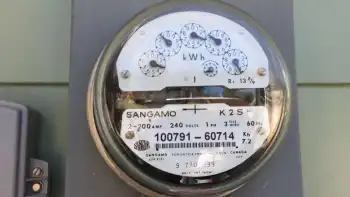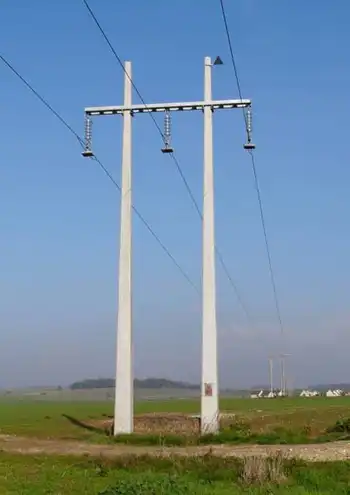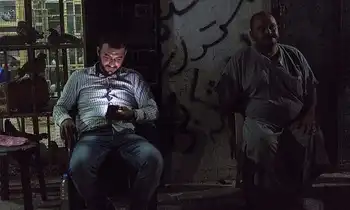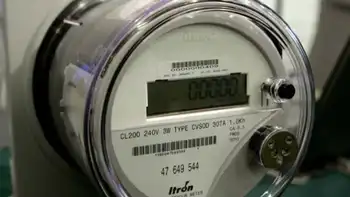TVA's current property casualty insurance allows up to $1.06 billion in coverage per site, plus an extra $1 billion limit spread between all three plants. Last year TVA estimated the value of two of its nuclear plants at well above their insured limit -- Watts Bar at $6 billion and Browns Ferry at $2.8 billion.
TVA Director Bill Baxter said the Knoxville-based, federal wholesale power producer is reviewing risks and insurance options based on terrorism activity. Nearly all of Tennessee and parts of six adjoining states receive electricity from TVA plants.
"It's a new world that we're living in today," Baxter said. "I think everybody is re-examining what are insurable risks. There is a lot of discussion within the industry. How do you measure that risk? What part is insurable? What part would the federal government need to step up on? What part do you self-insure on?
Legitimately, all of those things are being re-examined in the light of Sept. 11."
TVA should try to insure its nuclear plants at full value so it could afford to replace the power should nuclear plants be heavily damaged by natural or man-made attacks, said Stephen Smith, executive director of the Southern Alliance for Clean Energy in Knoxville. The organization spends much time studying TVA's power systems and their effect on the environment.
"Post-September 11, you should have greater investment in security and greater investment in things like insurance," Smith said. "With the ongoing sophistication and threats from terrorism ... the likelihood of a nuclear plant attack has dramatically increased. They couldn't build another nuclear plant for $2.06 billion (insurance coverage), but they could replace it with another form of power, like natural gas."
TVA is part of a national insurance pool of operators of 103 nuclear reactors in 31 states. TVA has five functioning reactors. The mutual plan sells policies offering up to $2.75 billion of casualty coverage per site, plus up to $500 million more for business interruption.
The fund has a policy of covering up to two full-loss events nationally in 12 months -- or up to $6.4 billion, said Jim Smith, chief financial officer of the plan called Nuclear Electric Insurance Ltd. That limit covers any casualty, such as fire or tornado, but not terrorism, he said.
Since Sept. 11, terrorism coverage has been limited to a total of $3.2 billion from the pool within 12 months, Smith said, plus whatever could be obtained from private reinsurance coverage and federal funds. It is unknown how much would come from the two latter categories, he said.
TVA normally pays $5.5 million a year for its nuclear insurance. But it and other insured members could be required to pay up to 10 times the annual premium in an emergency, he said.
Jim Smith said nuclear plants are fairly safe from terrorist attacks.
"The probability of a nuclear accident has not changed as the result of 9-11," he said. "What has changed is the threat of terrorism. Most terrorist attacks will not penetrate the reactor" due to heavily reinforced containment structures of reinforced concrete and steel liners.
The U.S. Nuclear Regulatory Commission placed all nuclear plants on mandatory Level III security, the highest level, after Sept. 11. They have remained at that high security since then. The agency is studying whether to prescribe a new, even higher level of security for certain situations.
The nuclear industry, through its trade group called the Nuclear Energy Institute, has been following federal legislation that would cover uninsured losses at high levels if caused by terrorism against any U.S. business.
The Senate has passed a bill that would provide up to $100 billion in one year for uninsured losses. But the House passed a bill that would provide federal loans for such losses that must be paid back. Leaders in both bodies are exploring a compromise.
TVA manager Vicki Harkleroad, who handles the agency's insurance, said TVA long has self-insured its non-nuclear power plants but is studying whether to buy private insurance in light of world events.
Nuclear plant coverage was not increased after Sept. 11 or the January disclosure of finding nuclear-plant diagrams in a terrorist cave in Afghanistan, she said, because TVA has tight security and assumes low probability of a terrorist attack at one of its sites.
Also, the insurance is meant primarily to meet federal mandates for handling damage to a reactor, any decontamination or permanent shutdown and is not intended to cover full value to replace lost power, she said.
"There's not $6 billion of nuclear property insurance available in the marketplace" for a plant like Watts Bar, Harkleroad said.
She said terrorism is a concern and an attack on a U.S. nuclear plant is not impossible. "I certainly hope it's improbable that they would attack any place else in the United States," Harkleroad said.
Baxter said he feels "very good" about TVA's extra security at its nuclear plants, which costs "several million more dollars" a year.
How likely in his mind is a terrorist attack on a U.S. nuclear plant?
"I don't think it's wise to speculate on it," Baxter said. "You do everything that a prudent person can possibly do, and that's it. You don't speculate about that kind of thing."
Related News
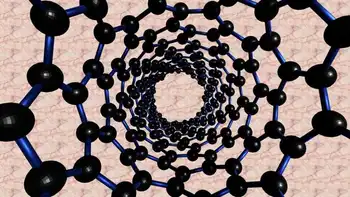
A new material made from carbon nanotubes can generate electricity by scavenging energy from its environment
NEW YORK - MIT engineers have discovered a new way of generating electricity using tiny carbon particles that can create a current simply by interacting with liquid surrounding them.
The liquid, an organic solvent, draws electrons out of the particles, generating a current that could be used to drive chemical reactions or to power micro- or nanoscale robots, the researchers say.
"This mechanism is new, and this way of generating energy is completely new," says Michael Strano, the Carbon P. Dubbs Professor of Chemical Engineering at MIT. "This technology is intriguing because all you have to do is flow a solvent through…


